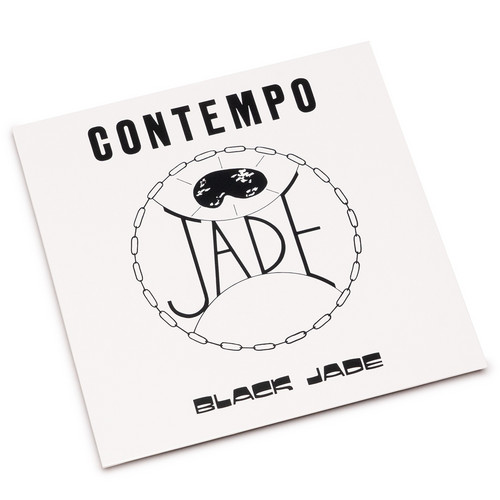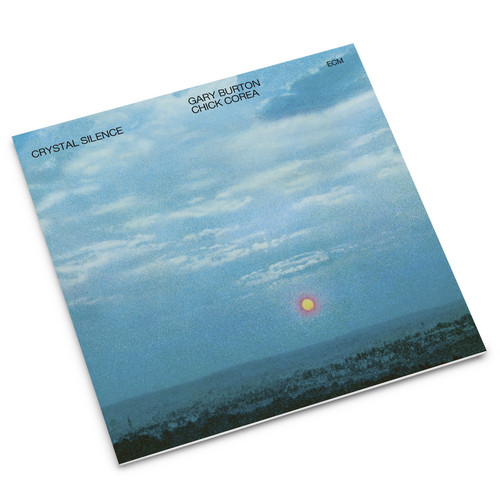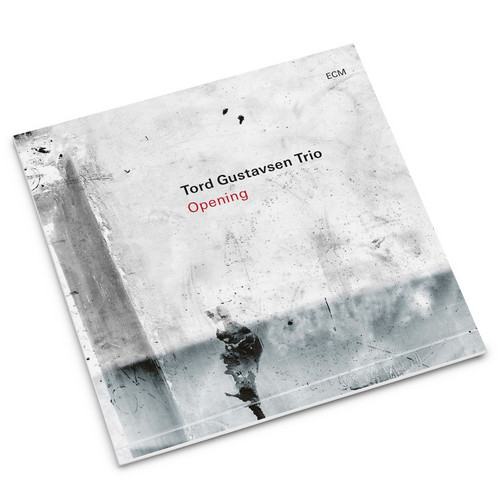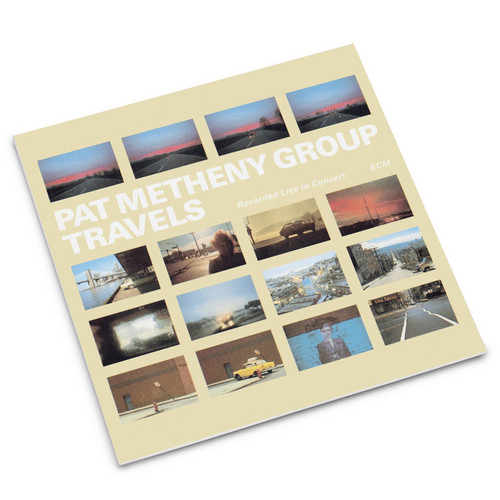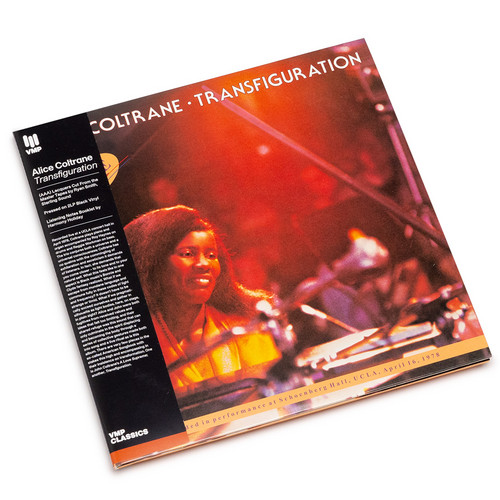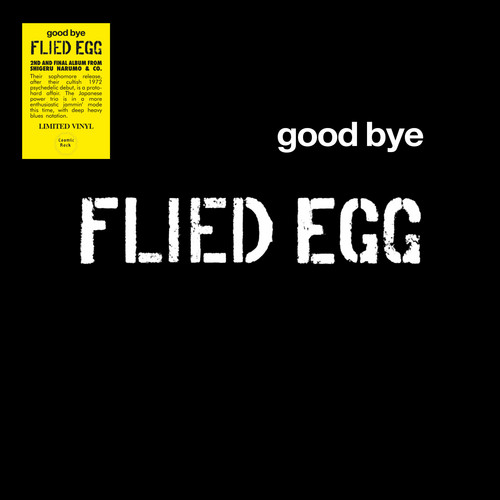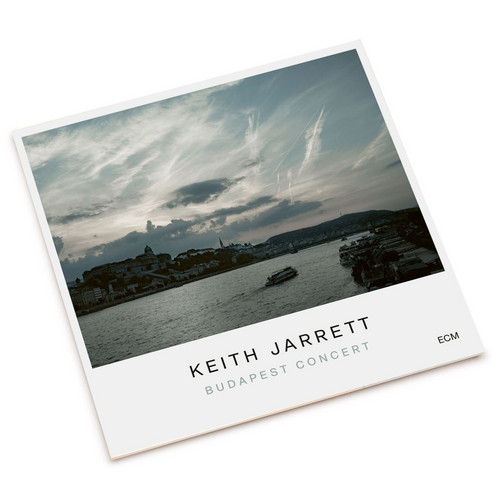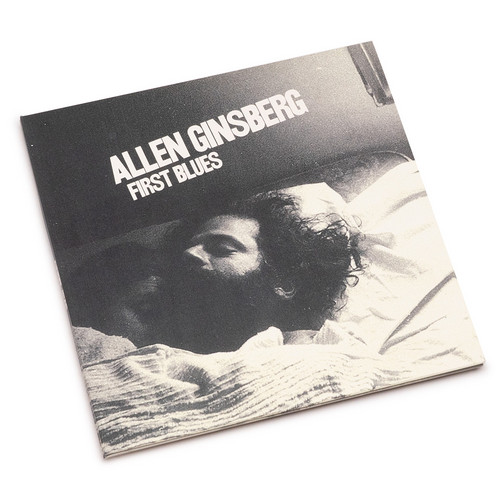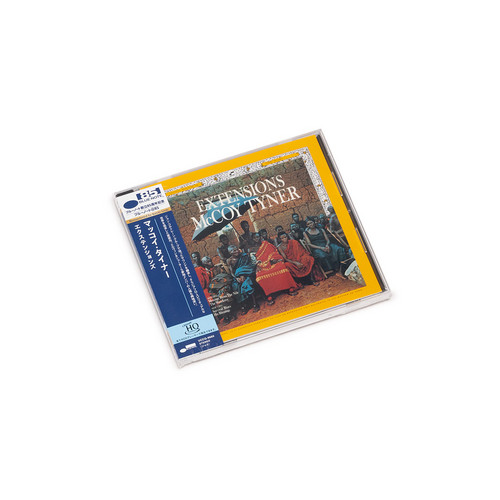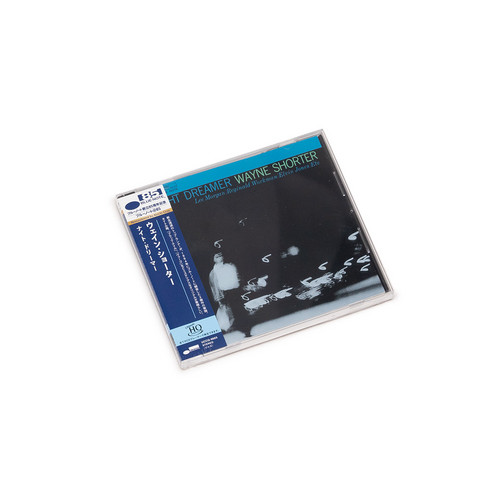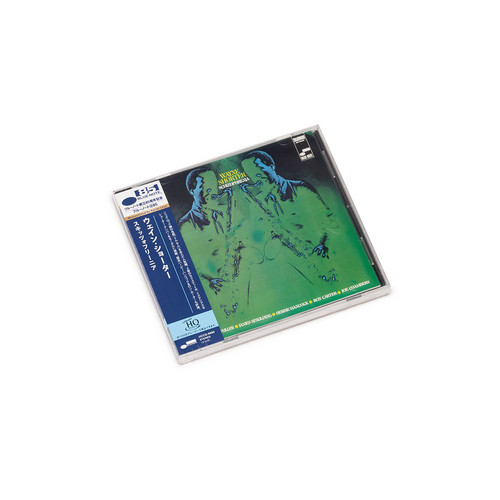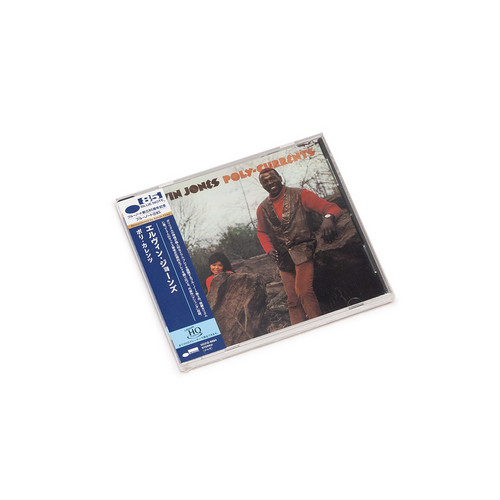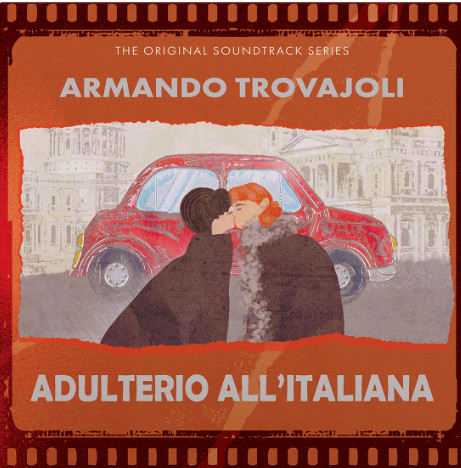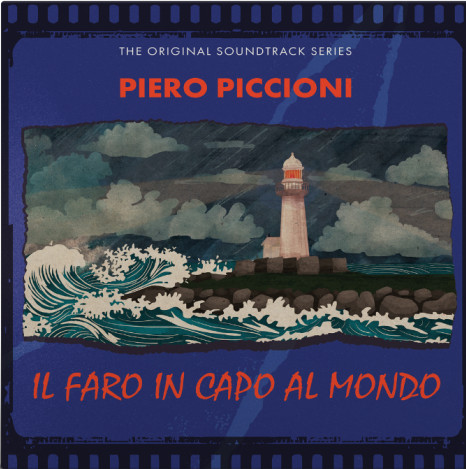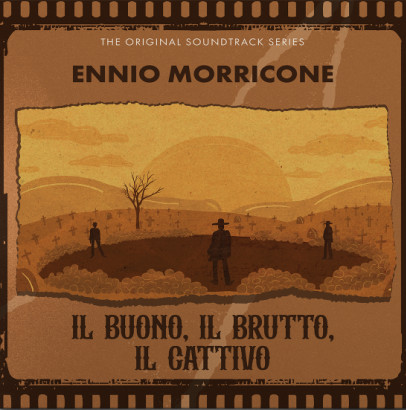Reissues
Contempo
Among one of the most sought after english dub albums, Black Jade Contempo is still somewhat of a mystery. Definitely ahead of its time, their deeper dub style was very sophisticated indeed. The material was originally recorded between 1975-76 and then collected in their self-produced debut. The vinyl first appearance was at the Notting Hill Carnival in the summer of 1976, where the band – apparently – was freely distributing it on the streets !
Ritual
2025 stock Keith Jarrett and conductor-pianist Dennis Russell Davies have been friends and musicalcomrades for forty years. In the mid-70s the St Paul Chamber Orchestra, under Davies’ directionpresented Jarrett’s chamber music. In the 90s Jarrett recorded the Mozart piano concertos with Davies and the Stuttgarter Kammerorchester. Near the beginning of their association, Jarrett invited Davies to play a composition he had written for solo piano. To listen to Ritual is akin toexperiencing the core…
Crystal Silence
2025 stock Crystal Silence A cornerstone of ECM’s legendary catalog, Passengers unites vibraphonist Gary Burton with an all-star ensemble: guitarist Pat Metheny, bassist Eberhard Weber, electric bassist Steve Swallow, and drummer Dan Gottlieb. Recorded in January 1976, this album captures a moment of creative synergy and forward-thinking jazz, blending lyricism, subtle groove, and the unmistakable ECM sonic clarity.
The repertoire features original compositions from Metheny, Swallow, and Weber, …
Opening
The repertoire features original compositions and Norwegian folk themes, balancing lyrical melodies with subtle harmonic exploration. Pieces such as “The Circle” and “Stream” highlight Gustavsen’s ability to let themes emerge organically, favoring patient development and deep listening over overt virtuosityWith Opening, Tord Gustavsen returns to the classic piano trio format that has defined his ECM legacy, unveiling a fresh perspective on his distinctive blend of Scandinavian folk hymns, gospel…
Travels
Over the years, Pat Metheny Group's Grammy-winning double live album Travels has earned a singular reputation among jazz aficionados as one of the most distinctive and impeccably recorded live jazz albums of all time. Upon its initial release, it appeared on numerous year-end best-of lists, with The Wire hailing it as simply "remarkable" and "superbly recorded."
The album captures the Pat Metheny Group during their 1982 US tour, a period when Brazilian percussionist Nana Vasconcelos had become a…
Transfiguration
"Recorded live at a UCLA concert hall in April 1978 and released on Warner Bros, Coltrane plays piano and organ accompanied by Roy Haynes on drums and Reggie Workman on bass. The trio conjures both a universe and a universal consciousness; Coltrane has no qualms with the commingling of exhilaration and asceticism it demands of listeners. In fact, she demands that you come closer, to its tone and to your natural self. What this feels like in one aspect is Black music's Bonnie and Clyde fantasy re…
Good Bye
Their sophomore release, after their supreme 1972 psychedelic debut, is a proto-hard rock affair. The Japanese power trio is in a more enthusiastic jammin' mode, with deep heavy blues notation. Ensure this lost classic now and forever!
Ziua Fără Sfârșit
Before spectral music had a name, Romanian polymath Corneliu Cezar was crafting electro-acoustic revelations. Ziua fără sfârșit collects his 1967-75 recordings - radical explorations of natural resonance that predate Western spectralism by a decade.
Budapest Concert
Bordeaux Concert is a special document from Keith Jarrett’s last European tour. Each of Jarrett’s 2016 solo piano concerts had its own strikingly distinct character, and in Bordeaux the lyrical impulse is to the fore. In the course of this improvised suite, many quiet discoveries are made, and there is a touching freshness to the music as a whole, a feeling of intimate communication. Reviewing the July 2016 performance, the French press spoke of hints of the Köln Concert and Bremen-Lausanne in t…
First Blues
"Rags, Ballads & Harmonium Songs. Chanteys, Come-All-Ye's, Aborigine Song Sticks. Gospel, Improvisations, Renaissance Lyrics, Blake Hymns, Bluegrass, Hillbilly Riffs, Country & Western, 50's R&B, Dirty Dozens & New Wave"
Allen Ginsberg's recorded opus gets its first ever full vinyl reissue on a gatefold double vinyl LP replete with photography by Robert Frank. Containing studio-recorded performances that he wrote, performed and taped in sessions taking place between 1971 and 1981 - featuring Bob…
Barons Court
A landmark debut reissued: Barons Court finds Sarah Davachi crafting mesmerizing electroacoustic landscapes that invite deep listening and contemplation. Blending vintage synths and acoustic timbres with patient, immersive composition, Davachi’s singular vision reshapes the boundaries of minimalism and ambient music
Let Night Come On Bells End The Day
A quietly stunning meditation on sound and space, Let Night Come On Bells End The Day sees Sarah Davachi sculpting slow, luminous improvisations for Mellotron and organ. Each piece unfolds with patient restraint, revealing rich overtone complexity and a dreamlike sense of presence-minimalism at its most intimate and immersive
All My Circles Run
Sarah Davachi’s ‘All My Circles Run’ is a meditative journey through sustained drones and harmonic resonance, blending analog synths, strings, and organ into a deeply immersive ambient experience."
Extensions
"Languishing off-catalogue for many years, McCoy Tyner's Extensions may be the pianist's most unjustly neglected album. Strange days, for not only is the music ineffably vibrant, but Extensions is the only recording ever to feature Tyner alongside pianist and harpist Alice Coltrane, who replaced him in saxophonist John Coltrane's group in 1966. The album has one foot in the echoes of John Coltrane's "classic quartet," of which Tyner was a member from 1960-65, and the other in the astral jazz sty…
Night Dreamer
“Night Dreamer is an album that finds Wayne Shorter in a state of transition as he was still rooted in the hard bop style that started his career, but also starting to lean toward the more abstract style that will serve for the greater part of his remaining career. It’s a talented, and somewhat unusual ensemble that Shorter has assembled here. McCoy Tyner and Elvin Jones, at that time, were mostly known for their famous work with Coltrane, but in 1964, when this album was recorded, Tyner and Jon…
Schizophrenia
"Wayne Shorter’s Schizophrenia found the legendary saxophonist at the pinnacle of post-bop with a sextet of like-minded musical explorers including James Spaulding, Curtis Fuller, Herbie Hancock, Ron Carter & Joe Chambers performing Shorter originals like ‘Tom Thumb’, ‘Go’, and ‘Miyako’. Recorded on March 10, 1967, at Van Gelder Studios, Englewood Cliffs, New Jersey." - HHV
Poly-Currents (Blue Note Tone Poet Series)
After his six years with the seminal John Coltrane Quartet, the master drummer Elvin Jones signed with Blue Note in 1968 and began building his own career as a bandleader. His first two albums for the label were spare trio outings—Puttin’ It Together and The Ultimate—both featuring saxophonist Joe Farrell and bassist Jimmy Garrison. For his next album—1969’s unfettered post-bop exploration Poly-Currents—Jones expanded his ensemble with additional woodwinds and percussion while still maintaining …
Adulterio All'Italiana
Directed by Pasquale Festa Campanile, Adulterio all’italiana (Adultery Italian Style) is a biting comedy that targets bourgeois hypocrisy and the paradoxes of marriage in 1960s Italian society. Starring Ugo Tognazzi and Catherine Spaak, the film follows a couple in the midst of a full-blown marital crisis, navigating infidelity, subtle acts of revenge, and a battle of the sexes portrayed with intelligence and irony. Adding rhythm and color to this emotional battleground is Armando Trovajoli, who…
Il Faro In Capo Al Mondo
“Il faro in capo al mondo” (The Light at the Edge of the World) is a 1971 film directed by Kevin Billington, based on a novel by Jules Verne. It’s a dark, solitary adventure set on a remote island off Cape Horn, where a group of pirates led by the ruthless Jonathan Kongre (played by Yul Brynner) takes over a lighthouse to cause shipwrecks and plunder the remains. Kirk Douglas stars as the last surviving lighthouse keeper, caught in a grueling battle between man and nature, civilization and savag…
The Good, The Bad And The Ugly/Il Buono, Il Brutto E Il Cattivo
Directed by Sergio Leone, “The Good, the Bad and the Ugly” is the final chapter in the legendary “Dollars Trilogy” and one of the most iconic films in cinema history. Clint Eastwood, Lee Van Cleef, and Eli Wallach form an unforgettable triangle set against the backdrop of a grim, dusty, and almost surreal American Civil War. The film is epic, lyrical, and grotesque all at once—but what elevates it to true legend is the immortal soundtrack by Ennio Morricone. The legendary main theme is one of th…
